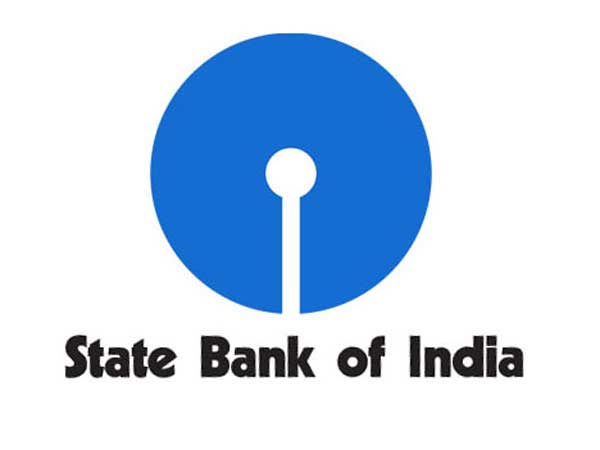In a significant move, the
Reserve Bank on Friday tightened the norms for recognition of dud assets and directed lenders not to standardise an
NPA account after getting only interest payment as well as to mandatorily mention the due dates along with details of interest and principal amounts.
The monetary authority has from time to time been issuing new/revised norms on dud asset classification as system-wide NPAs began to balloon.
Issuing some clarifications to all the extant provisions and including the ones issued on October 1, 2021, on the prudential norms on income recognition, asset classification and provisioning pertaining to advances (IRACP), the RBI asked banks not to upgrade an NPA account after getting only interest dues paid.
It has been observed that some lending institutions upgrade accounts classified as NPAs to standard accounts on payment of only interest overdue, partial overdue, etc. To avoid any ambiguity in this regard, it is clarified that loan accounts classified as NPAs may be upgraded as a standard account only if the entire arrears of interest and principal are paid by the borrower, the apex bank said in the revised notification this evening.
Lenders have also been asked to specifically mention in the loan agreements the exact due date of a loan and the breakup of the principal and interest, among others, instead of giving a description of the due dates, which leaves scope for interpretation.
Henceforth, all lenders have to clearly mention the exact due dates for repayment, frequency of repayment, break up between the principal and interest, examples of SMA/NPA classification dates etc, it said.
All these should be clearly specified in the loan agreement and the borrower shall be apprised of the same at the time of loan sanction and also at the time of subsequent changes if any, and till full repayment of the loan is done, the RBI said, adding this will be applicable immediately for new loans or before December 31, 2021, and for the existing loan as and when changes occur.
In cases of a loan under moratorium, the exact date of commencement of repayment shall also be specified in the loan agreements, it added.
Sticking to its due by the end of the day/one-day default norms, which has given many large borrowers heartburns, RBI further clarified that an account shall be flagged as overdue as part of the lender’s day-end processes for the due date, irrespective of the time of running such processes, reiterating that all extant IRACP norms specify that an amount must be treated as overdue if it’s not paid on the due date fixed by the lender.
Similarly, classification of an account as SMA (special mention account) as well as NPA (non-performing assets) shall be done as part of the day-end process and the SMA/NPA classification date shall be the calendar date for which the day-end process is run. Stated differently, the date of SMA/NPA shall reflect the asset classification status of an account at the day-end of that calendar date, the regulator stressed.
The monetary authority further said these changes are being made to ensure that the IRACP norms are uniformly implemented across all lending institutions and are applicable mutatis mutandis (making necessary changes on a case to case basis but not affecting the main points) to all lending institutions.
On NPA classification, it said the lender must recognise incipient stress in a borrower account, immediately on default, by classifying it as SMA. Without any ambiguity, it clarified that the intervals are intended to be continuous and accordingly, loans other than revolving facilities like cash credit/overdraft will become SMA if the principal or interest payment or any other amount wholly or partly become overdue or if the outstanding balance remains continuously in excess of the sanctioned limit or drawing power, whichever is lower, for 0-30 days as SMA, for 30-60 days as SMA-1 and over 60-90 days as SMA2/NPAs.
Stated differently, the date of SMA/NPA shall reflect the asset classification status of an account at the day-end of that calendar date.
For instance, if the due date is March 31, and full dues are not received before the day-end process, the date of overdue shall be March 31.
If it continues to remain overdue, then this account shall get tagged as SMA-1 on running the day-end process on April 30, on completion of 30 days of being continuously overdue.
Accordingly, the date of SMA-1 classification for that account shall be April 30. Similarly, if the account continues to remain overdue, it shall get tagged as SMA2 on running day-end process on May 30 and if continued to remain overdue further, it shall get classified as NPA on running day-end process on June 29.
However, for NBFCs, 90-days for SMA-2/NPA classification may be read according to the applicable norms.
The central bank has clarified that the instructions on SMA classification are applicable to all loans, including retail loans (excluding the Agri loans governed by crop season-based asset classification norms), irrespective of the size of exposure of the lending institution.
The RBI said from March 31, 2022, in case of interest payments in respect of term loans, an account will be classified as NPA if the interest applied at specified rests remains overdue for over 90 days. If a borrower account becomes overdue on or after March 31, 2022, its classification as NPA shall be based on the account being overdue for over 90 days.
On the upgrading of accounts classified as NPAs, it said a loan account classified as NPAs can be upgraded as standard only if the entire arrears of interest and principal are repaid. But those accounts classified as NPA due to restructuring, or non-achievement of the date of commencement of commercial operations, etc, extant provisions shall continue.






